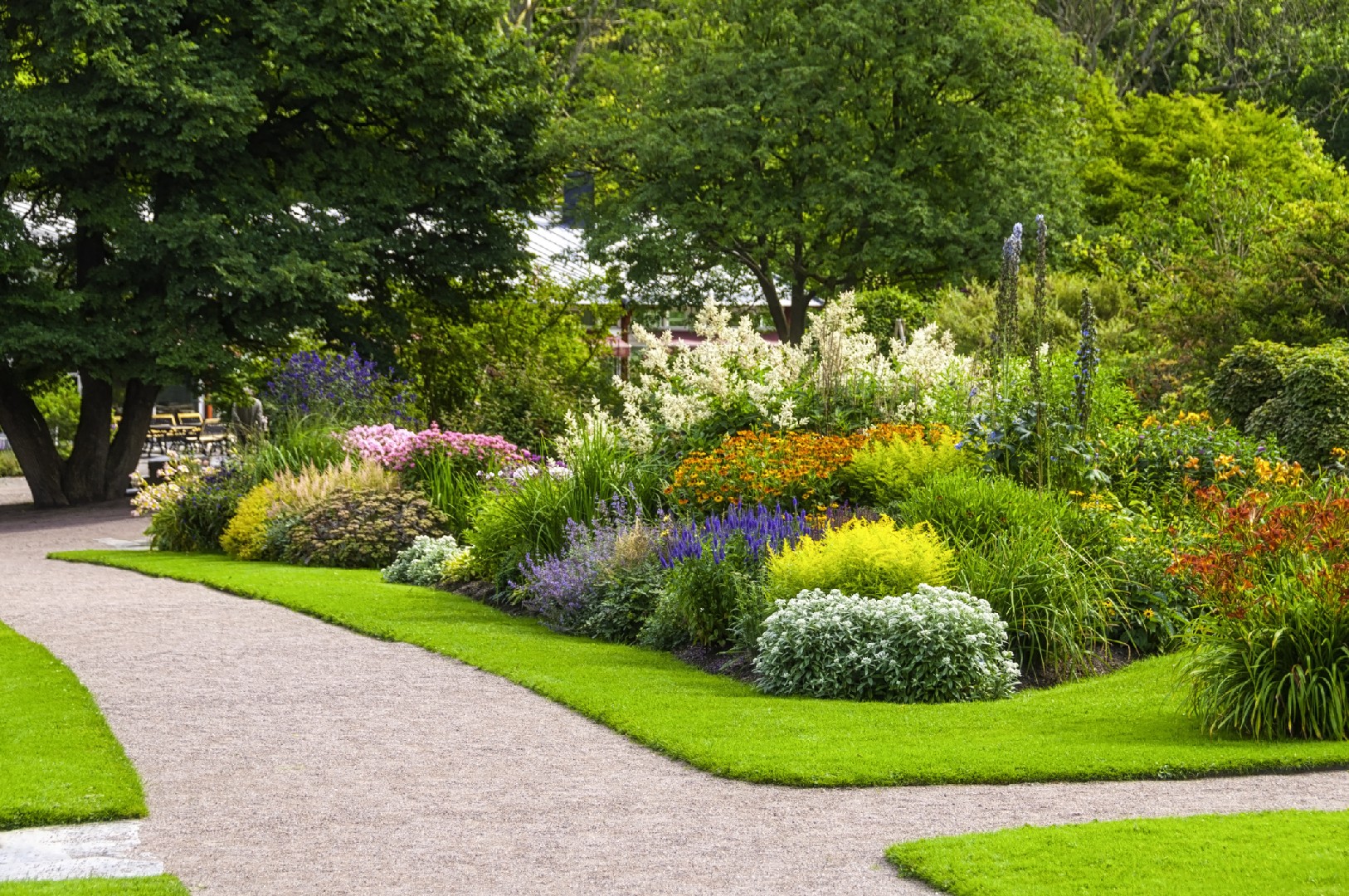![Rectangle]()
Conceptualizing Your Garden Spaces
When it comes to landscape design, creating distinct garden zones is essential for achieving a seamless transition between spaces. Understanding the importance of garden zones will not only enhance the overall aesthetics but also improve the functionality of your outdoor area.
Garden zones refer to distinct areas within your garden that serve specific purposes. For example, you might have a dining area, a play area for children, a relaxation zone, and a vegetable garden. Each of these zones can be defined by different plants, structures, or hardscaping elements.
To start conceptualizing your garden spaces, it's important to analyze the size of your garden. This will help you determine how many zones can be created and how they can be optimized for maximum utilization. Consider the existing features in your garden such as trees, slopes, or water bodies, as they can influence the layout and design of your zones.
Once you have a clear understanding of your garden's size and features, it's time to move on to preliminary planning for the transition spaces. Transition spaces are the areas that connect one garden zone to another. These spaces are crucial for achieving a cohesive and well-connected garden design.
One method for creating seamless transitions between garden zones is through the use of pathways. Pathways can be made of various materials such as gravel, stone, or pavers, depending on your desired aesthetic. They not only provide functional access to different areas of your garden but also act as visual guides, leading the eye from one zone to another.
Another skill to consider when conceptualizing your garden spaces is the art of balance and proportion. Creating a harmonious balance between different zones can be achieved by incorporating elements such as color, texture, and height. For example, if you have a vibrant and colorful flowerbed in one zone, consider balancing it with a calm and serene water feature in the adjacent zone.
In conclusion, when conceptualizing your garden spaces, it is important to understand the importance of garden zones and their role in creating a seamless transition. Analyzing the size of your garden, planning for transition spaces, and incorporating elements of balance and proportion are essential skills for achieving a well-designed outdoor area. By considering these methods and skills, you can create a garden that is not only visually appealing but also functional and enjoyable for years to come.





